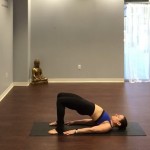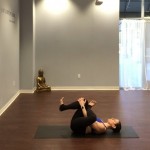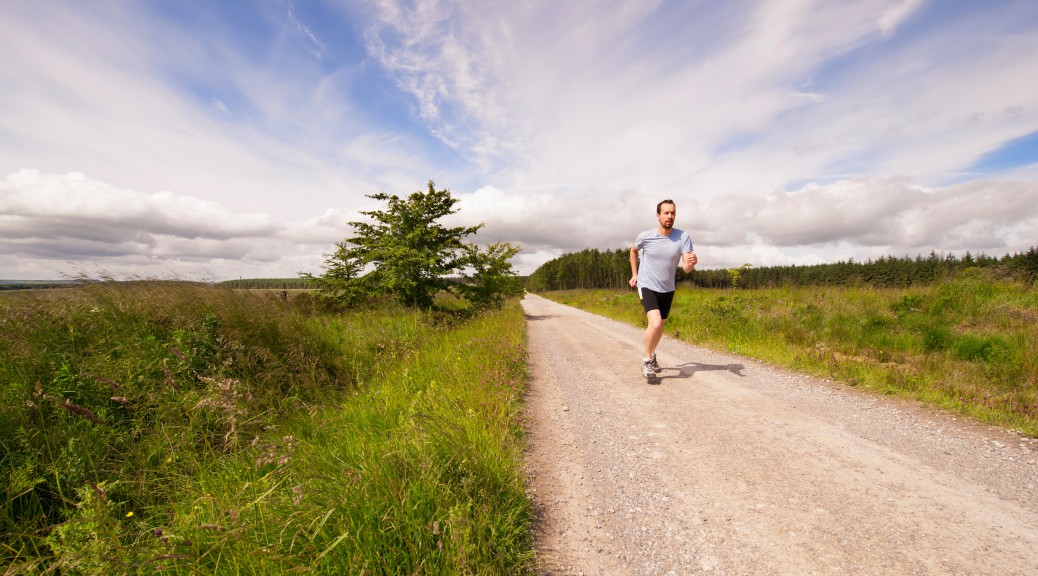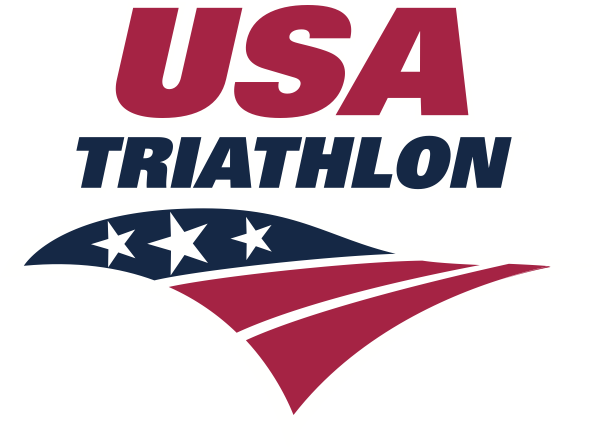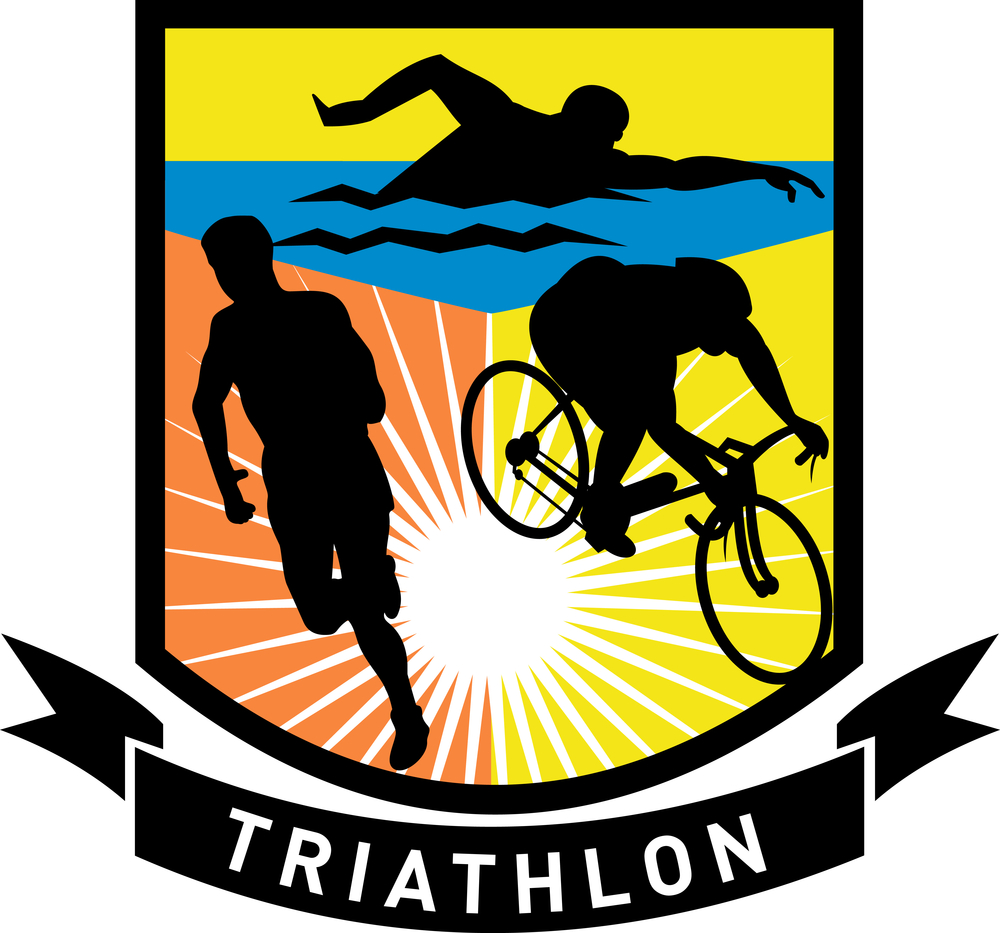 This past weekend I completed my 10 marathon and checked off my 6th and final World Marathon Major (Tokyo) off the list. This perhaps was the most life-changing experience of them all. But through training for and running each marathon, I’ve learned a lot about myself and have discovered what I am truly capable of.
This past weekend I completed my 10 marathon and checked off my 6th and final World Marathon Major (Tokyo) off the list. This perhaps was the most life-changing experience of them all. But through training for and running each marathon, I’ve learned a lot about myself and have discovered what I am truly capable of.
Here’s a look back on the race, my trip and running over the years.
To start, I wanted to explain a little about the significance of the World Marathon Majors. This will help put into perspective why I set this as a goal and why I wanted to complete this series/challenge.
What is the World Marathon Majors (WMM)?

The Abbott World Marathon Majors is a series consisting of six of the largest and most renowned marathons in the world. The races take place in Tokyo, Boston, London, Berlin, Chicago and New York City. The organizers of these events are united in their effort to advance the sport and increase the level of interest in racing among running enthusiasts.
What does it mean to complete the WMM?

Completing all 6 races makes you part of a special group of runners that have actually stepped up to the challenge, it’s a
significant accomplishment. To date, only 3,000 runners have completed all 6- how cool is that? I knew I needed to do this, not only to travel and for the cool medal, but for the bragging rights also.
Why run a marathon major?
The marathon majors are wonderful races and events. They are a great addition to your race bucket list. Each major offers something unique and a little different. In my opinion, everyone should run at least one of the majors, especially if it’s the only 26.2 you ever run, the crowd support is unlike anything I’ve ever experienced at any other races, and the race swag is usually pretty good.
Traveling with Marathon Tours:
The 6 majors are incredibly hard to get into, particularly the oversees races. I was unable to get in to Tokyo via the race lottery so I signed up with Marathon Tours to gain entry. Marathon Tours and Travel works closely with the Abbott World Marathon Majors team and the individual race teams to enhance a runners experience while pursuing their aspirational running goals. In this case completing the WMM and earning my 6th star. Marathon Tours provides guaranteed entry to each of the races (with the exception of Boston), convenient hotels and activities customized for each location including tours and logistical details surrounding the race.
 This trip was my first experience with Marathon Tours and I couldn’t be happier. They helped plan and organize everything, which made travel stress free. Included with the trip was a city tour as well as a pre race dinner and post race celebration. It was a lot of fun. I wasn’t sure what to expect when I signed up, but I am so happy that I did. The cost of travel may have been a little more than what I would have spent on my own, but it was money well spent. My favorite part was meeting new people, hearing their stories, and sharing this unique experience with them. I plan to keep in touch with my new friends and have already started to plan our next trip/race together!
This trip was my first experience with Marathon Tours and I couldn’t be happier. They helped plan and organize everything, which made travel stress free. Included with the trip was a city tour as well as a pre race dinner and post race celebration. It was a lot of fun. I wasn’t sure what to expect when I signed up, but I am so happy that I did. The cost of travel may have been a little more than what I would have spent on my own, but it was money well spent. My favorite part was meeting new people, hearing their stories, and sharing this unique experience with them. I plan to keep in touch with my new friends and have already started to plan our next trip/race together!
 Overall, visiting Japan has been an amazing vacation and tremendous adventure. This was truly the journey of a lifetime. It was fun to try the local cuisine, explore the city, see Mt. Fuji and visit various temples and shrines. Japan is a city filled with lots of culture. There is lots to do and many places to visit.
Overall, visiting Japan has been an amazing vacation and tremendous adventure. This was truly the journey of a lifetime. It was fun to try the local cuisine, explore the city, see Mt. Fuji and visit various temples and shrines. Japan is a city filled with lots of culture. There is lots to do and many places to visit.
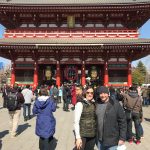 The Tokyo Marathon:
The Tokyo Marathon:
Race day was a mix of emotions- both excitement and nerves. Leading up to the race I had gotten sick with bronchitis and then a stomach bug. On top of that, my running had been limited due to an injury- heel spur and plantar fasciitis. I hadn’t run over 18 miles (and it was on the treadmill) and I was only running 2-3 days per weeks, logging no more than 30 miles at the peak of my training. This was nowhere close to where I have been for previous races (running a few 20 milers, running 5-6 days per week, and logging 60+ miles a week- but probably over training- I am currently trying to find a healthy balance) so I was a little nervous to see what the race would bring. This was the first marathon that I have ever run without a goal in mind. I just wanted to finish feeling good and get my 6th star. I had decided right away that I was going to enjoy the race, take in the sites, take it easy & not beat myself up physically by pushing too hard.
I was staying at the Tokyo Hilton which was just a short walk to the start line. This was very nice because it helped alleviate the stress of getting to the start on time. It also meant I could sleep in a little and hang at the hotel a little longer, not not having to wait outside in the cold for the race to begin. I had originally hoped and planned for the temps to be in the mid 40s to low 50s. However, on race day, the temperature was around 32.
 The course takes in many sights including the Tokyo Government building, Tokyo Tower and Imperial Palace. The marathon incorporated some downhills, wide roads and flat surfaces, but also some nasty little inclines and bridges which kept it interesting. Along the course, there was also a few sections of out and backs where you crossover, getting to see many runners ahead of you and behind you. I even got to see the elites run by a few times which was cool to see. These crossovers also allowed for ample opportunities to see my husband cheering along the course, which was nice!
The course takes in many sights including the Tokyo Government building, Tokyo Tower and Imperial Palace. The marathon incorporated some downhills, wide roads and flat surfaces, but also some nasty little inclines and bridges which kept it interesting. Along the course, there was also a few sections of out and backs where you crossover, getting to see many runners ahead of you and behind you. I even got to see the elites run by a few times which was cool to see. These crossovers also allowed for ample opportunities to see my husband cheering along the course, which was nice!
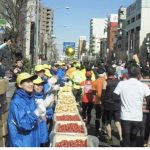 The locals are fantastic, providing many high fives and cheers which sure helped the morale. They also offered everything from menthol ice spray for sore muscles to bananas, tomatoes, oranges, cookies, candy and even chocolate on the course. While I don’t recommend trying new foods on a run it was still amusing to see it all! It was a very enthusiastic crowd that was estimated to be around 1.6 million.
The locals are fantastic, providing many high fives and cheers which sure helped the morale. They also offered everything from menthol ice spray for sore muscles to bananas, tomatoes, oranges, cookies, candy and even chocolate on the course. While I don’t recommend trying new foods on a run it was still amusing to see it all! It was a very enthusiastic crowd that was estimated to be around 1.6 million.
The first half of the race went well and I felt pretty good. It wasn’t as crowded as I expected and the race started on a downhill which was nice. I had my fuel plan in place and was excited to start my 26.2 mile journey through the city and take in the sites that Japan had to offer.
At around mile 6, I ran into a friend I met who was also a part of the Marathon Tours group, Michael. Michael and I decided to stick together during the race. I don’t typically like to run with anyone during a race, but if I learned anything from past marathons, having a friend nearby comes in handy (i.e. NYC with Ann and Berlin w/ Calvin). I was very happy to have Michael by my side and really enjoyed his company. We checked in with each other frequently to ensure that we were each doing ok.
After the halfway point, we both started to feel a little tired and fatigued. Michael too had been dealing with injuries and hadn’t trained as he had hoped so we decided to not push the pace and back off a little. At around mile 16 we implemented a run/walk strategy- 8 min. running/2 min. walking. This was the first time I have ever done this in a race. Typically asking a runner to stop running is like asking a shark to stop swimming, it doesn’t happen. However, as much as I didn’t want to at first, I knew that if I wanted to finish and feel good, it is probably the best thing for me. Run/walking is something I started to train recently as suggested by my Ironman coach to help prepare me for my upcoming Ironman. A lot of the time when a runner walks, they feel defeated and like their race is over, however when this strategy is implemented appropriately; run/walking is a great way to allow yourself to maintain a consistent running pace because you’re allowing short bouts of recovery between running efforts. In other words, it extends your energy stores. I probably should have done this from the very beginning, but was being a little stubborn.

Michael and I ran/walked up until the last mile and a half and then decided to run it in. We both crossed the finish line together with big smiles and a sense of accomplishment! The race took us well over 4 hours, but we didn’t care. We were in Tokyo and were feeling incredibly  grateful to just be there. After the race, we made our way to the exit and to collect our medals. The Abbott tent was first. Michael waited while I got my special 6 Star medal and took pics before we carried on to get his medal, pick up his checked bag, and then head to the family meeting area. In all, it was a great race, a huge sense of accomplishment for me, and an overall incredible experience I will not soon forget.
grateful to just be there. After the race, we made our way to the exit and to collect our medals. The Abbott tent was first. Michael waited while I got my special 6 Star medal and took pics before we carried on to get his medal, pick up his checked bag, and then head to the family meeting area. In all, it was a great race, a huge sense of accomplishment for me, and an overall incredible experience I will not soon forget.
 Race Highlights:
Race Highlights:
- The race was so clean and organized. For every 1 runner there were 4 volunteers.
- Race started on time. Japanese are nothing if not punctual.
- Tons of crowd support.
- Tons of water and aide available at each water station.
- Lots of volunteers holding garbage bags to ensure there wasn’t any trash in the streets.
- Lots of lights, music, views, and entertainment along the way.
- People were incredibly polite. If you got bumped they apologized several times.
- The heated foot bath at the end of the race.
- Cool finisher towel.
Draw backs:
- Picking up the bib at the expo took a long time- by the time you got scanned, had your pic taken, got your wristband, race shirt etc. it took forever
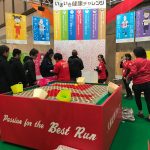 .
.
- Everything at the expo was in Japanese. It was tough to figure out what a few items in your bag were. The selection of items for sale at the expo were different than you find at American races, I was disappointed they didn’t have as good a selection of compression socks, designer racing glasses, nutrition etc. The expo felt more like a gameshow then a running event (I did have a lot of fun at some of the booths though).

- Using the porta pottie was a challenge, no western seats so squatting over a low hole in the ground made for an extra challenge.
- The electrolyte beverage they had was Pocari Sweat- this is an acquired taste and took some time getting used to. Wouldn’t drink it if there was another option.
- The race was marked in kilometers and not miles, thank god for my watch. I’m not too great at doing the kilometers to mile conversions while I run.
- The last 1k was the longest ever. It didn’t help that there were multiple 1k signs so you really didn’t know what to believe. I had no clue as to how far I actually had left to go. When you thought you were done, it kept going. I kept looking at my watch and Michael like “when will this end”.
- No blue line to follow on the road to ensure you were running your targets well. I ran 26.78 miles according to my Garmin.
- The walk after the finish to get your medal and to get the buses back to the start was about 2 miles long. It took over an hour to get out.
- Took 30 min to even get your heat blankets. It was very windy and cold at the finish so that wasn’t fun.
Running over the years and why I do what I do:
I was someone who went from “I hate running” to “I can’t live without it”. If you asked me 6 years ago if I’d ever run a marathon, I would have thought you were crazy for even asking. I never thought I had a “runner’s body” and therefore could never truly run longer distances. When I first started running, it was miserable! I had blisters on my heels and toes from my shoes, I was tired and sore from run/walking barely 3 miles, I couldn’t run a mile without feeling like my lungs were on fire. It was terrible. I wanted to give up and put myself out of my own misery, but I stuck with it and honestly, it got better. When my lungs stopped burning, when I became a little faster, and when I could run 3 miles without stopping, I actually started enjoying it. It started to feel good and I became proud of myself for what I was able to accomplish, so I kept going.
In 2012 when I moved to NJ from Boston, I joined a running group, Run Around Princeton. When I first started with the group on Saturday mornings, I couldn’t keep up with the group, felt embarrassed and wanted to quit. However, I stuck with it & continued to run with the group every Saturday morning, trying my best to keep up. Then one day, I actually did and felt so thankful that I didn’t give up on myself. In 2013 I signed up for my very first marathon- The Philadelphia Marathon. When I crossed that finish line, I cried. I felt invincible and unstoppable and couldn’t believe what I was able to accomplish. I didn’t just want to do it again, I needed to do it again. I knew, in that moment, I would never say that I couldn’t do something. I started to believe that anything is truly possible, it’s just a question of how bad you want it and I wanted it bad. My next marathon was the Chicago Marathon in 2014. From there, I had the running bug and knew I wanted to keep running and made it my goal to complete all of the World’s Major Marathons.
 It had become my mission over the last 4 years to finish the majors. Training and preparing for the races wasn’t always easy. Battling several injuries (which left me unable to run for most of 2017) and saving money to be able to travel is a huge commitment that takes dedication, hard work, and lot of sacrifices. So when I finally completed the Tokyo Marathon, it meant so much. Crossing that finish line and achieving this goal brought tears to my eyes.
It had become my mission over the last 4 years to finish the majors. Training and preparing for the races wasn’t always easy. Battling several injuries (which left me unable to run for most of 2017) and saving money to be able to travel is a huge commitment that takes dedication, hard work, and lot of sacrifices. So when I finally completed the Tokyo Marathon, it meant so much. Crossing that finish line and achieving this goal brought tears to my eyes.
Traveling the world, exploring new cities, and getting to run is a truly awesome privilege. I feel so blessed. It’s been an amazing experience and something I couldn’t have done without the love, support, & encouragement from my husband, my family, and my close friends. It’s been a remarkable journey and I can’t wait to see what’s next. I hear there’s something called the Seven Continents Club and I think that’s right up my ally!!
Until next time 😉 Happy Running!





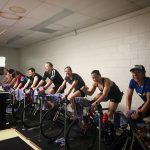

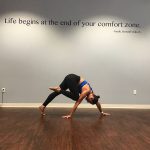
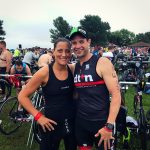

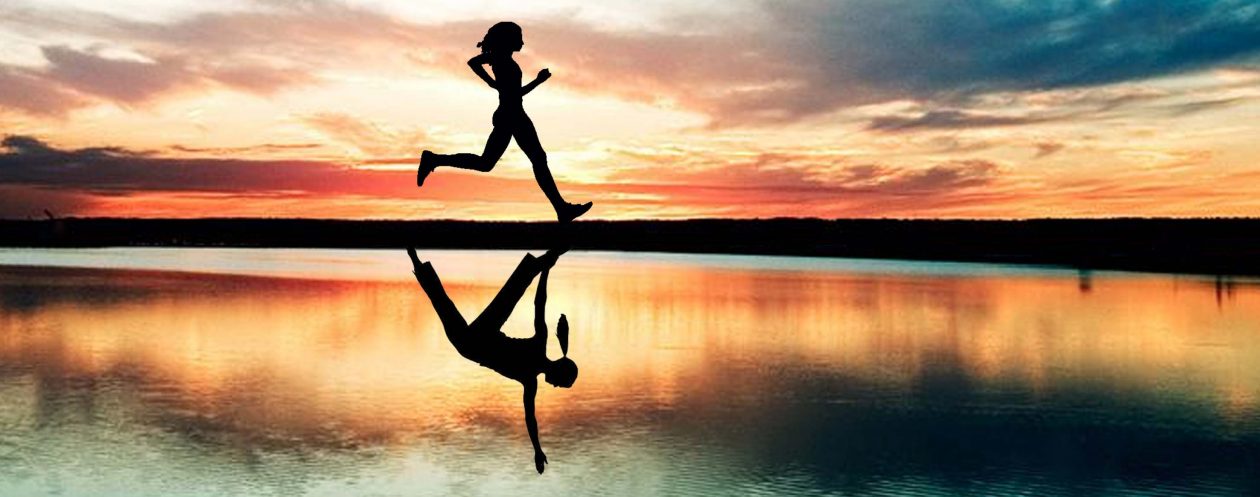
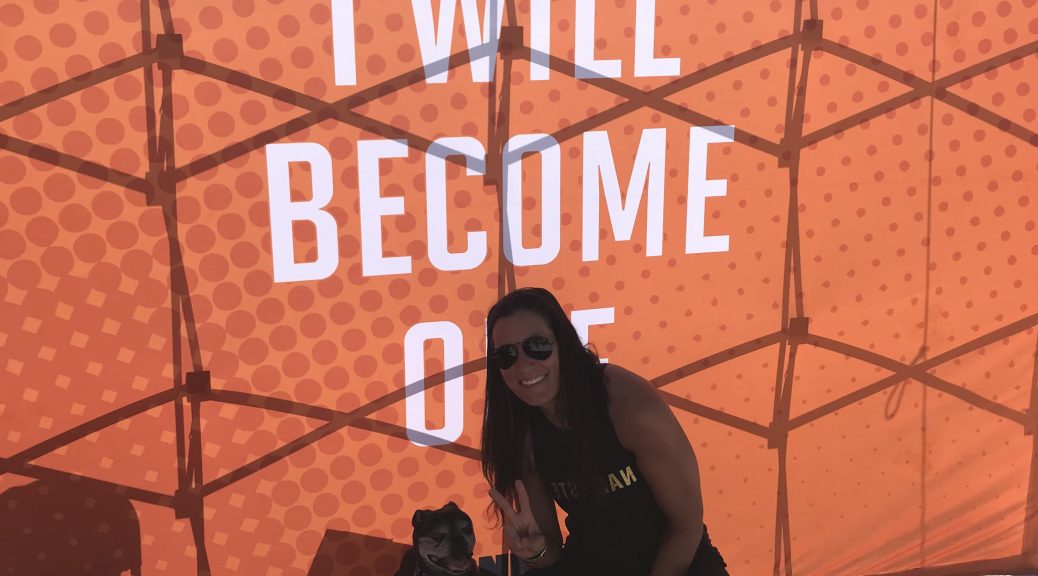
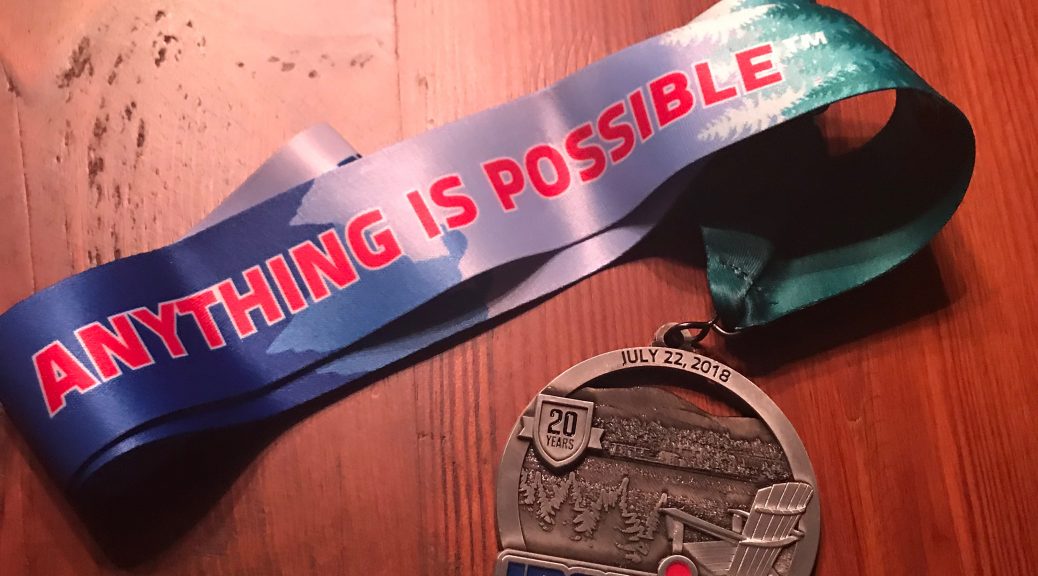

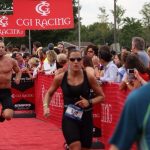


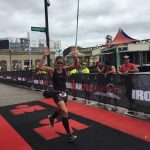


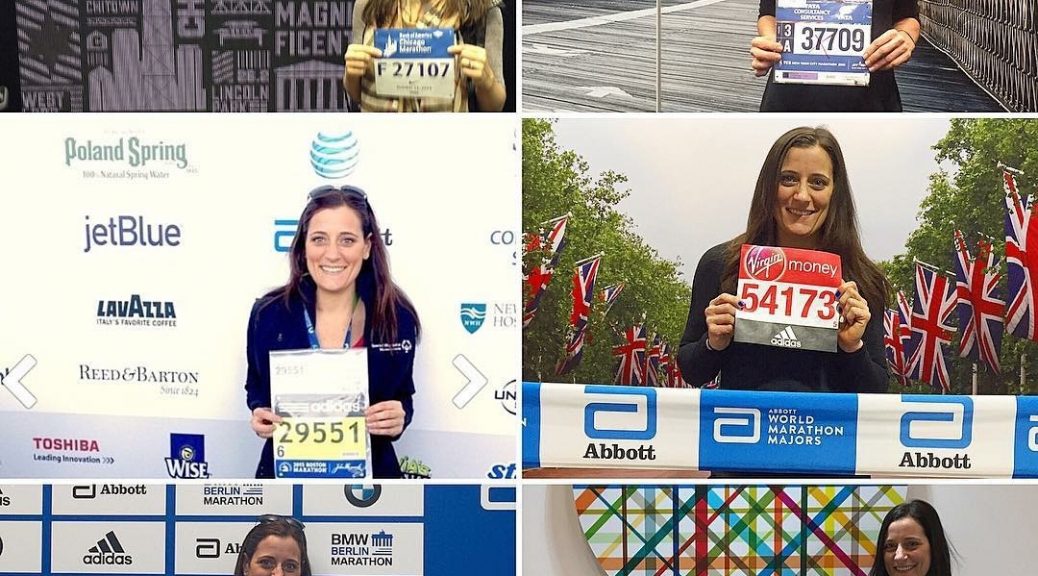

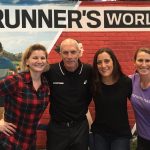



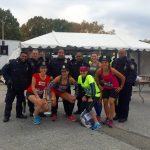


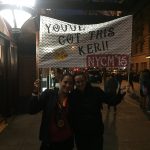






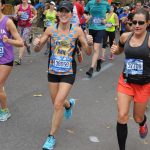

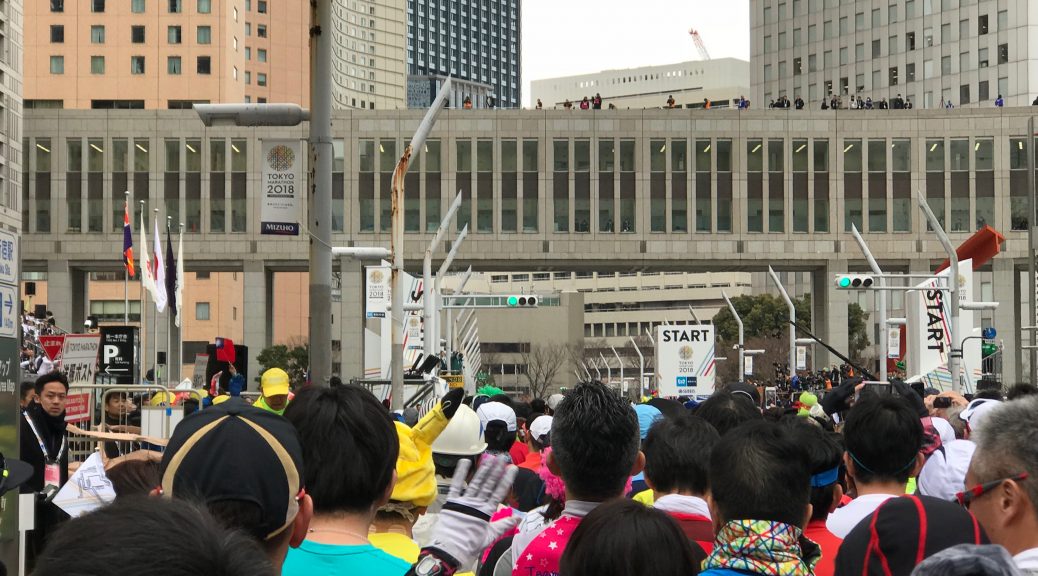



 Overall, visiting Japan has been an amazing vacation and tremendous adventure. This was truly the journey of a lifetime. It was fun to try the local cuisine, explore the city, see Mt. Fuji and visit various temples and shrines. Japan is a city filled with lots of culture. There is lots to do and many places to visit.
Overall, visiting Japan has been an amazing vacation and tremendous adventure. This was truly the journey of a lifetime. It was fun to try the local cuisine, explore the city, see Mt. Fuji and visit various temples and shrines. Japan is a city filled with lots of culture. There is lots to do and many places to visit.



 Race Highlights:
Race Highlights:


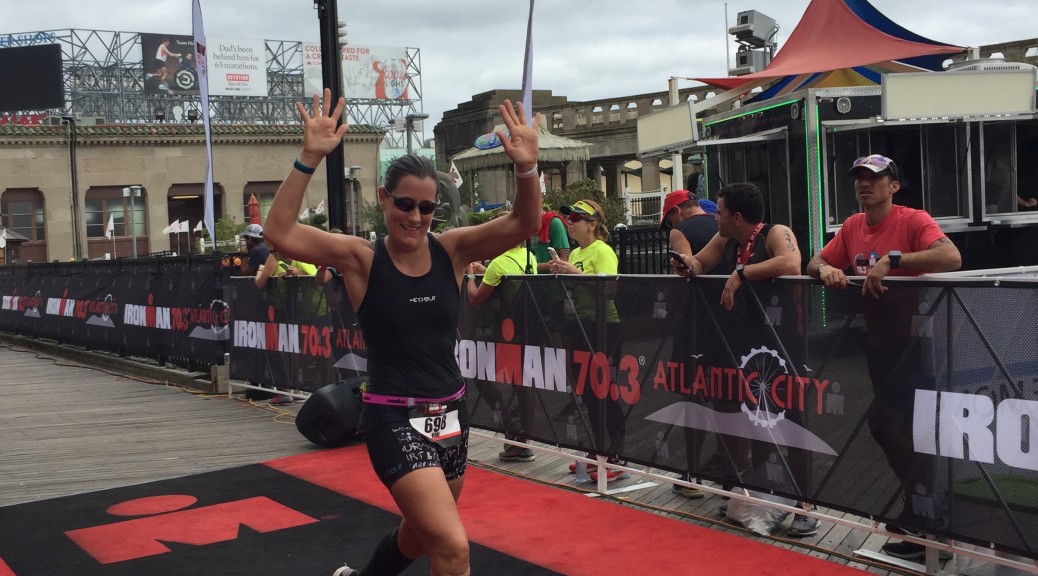
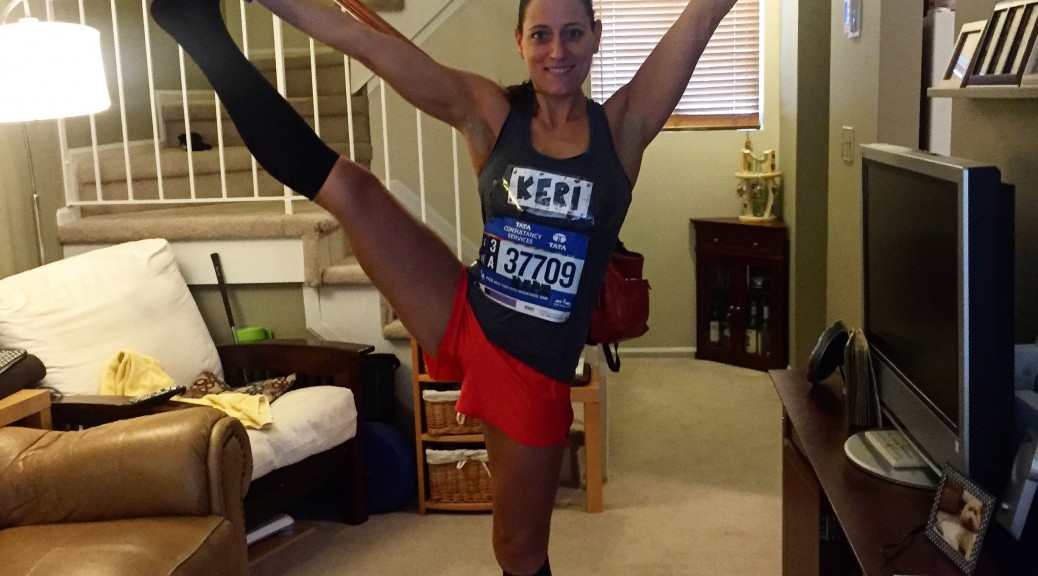
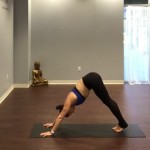
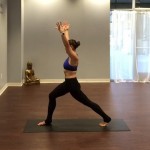
 more you can strengthen your legs andimprove your balance, the less likely you are to twist an ankle or fall down when you’re on a trail or any type of uneven surface. Balancing on one leg, bring your other foot into your standing leg, try to be above or below the knee; avoiding pressing into the knee joint. Focus your gaze on an object in the distance and stand tall for 30 seconds to a minute.
more you can strengthen your legs andimprove your balance, the less likely you are to twist an ankle or fall down when you’re on a trail or any type of uneven surface. Balancing on one leg, bring your other foot into your standing leg, try to be above or below the knee; avoiding pressing into the knee joint. Focus your gaze on an object in the distance and stand tall for 30 seconds to a minute.